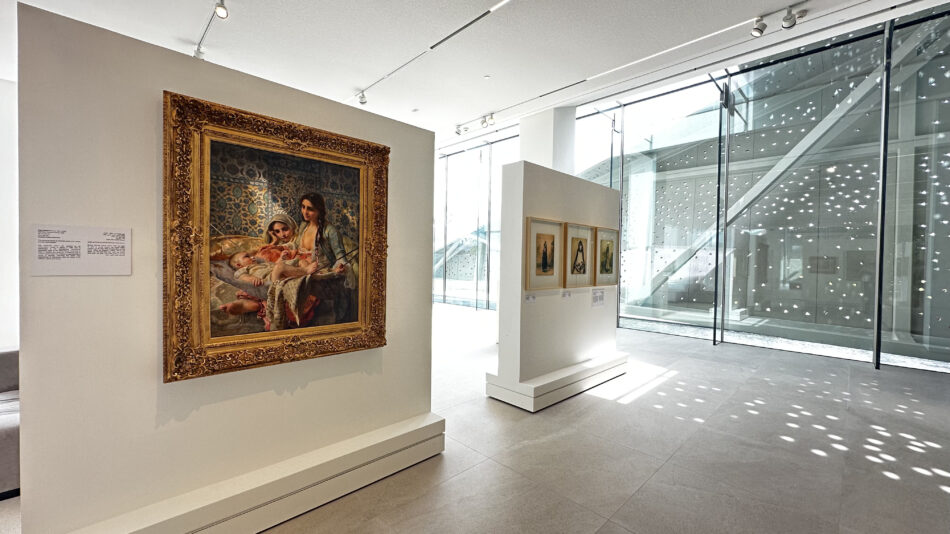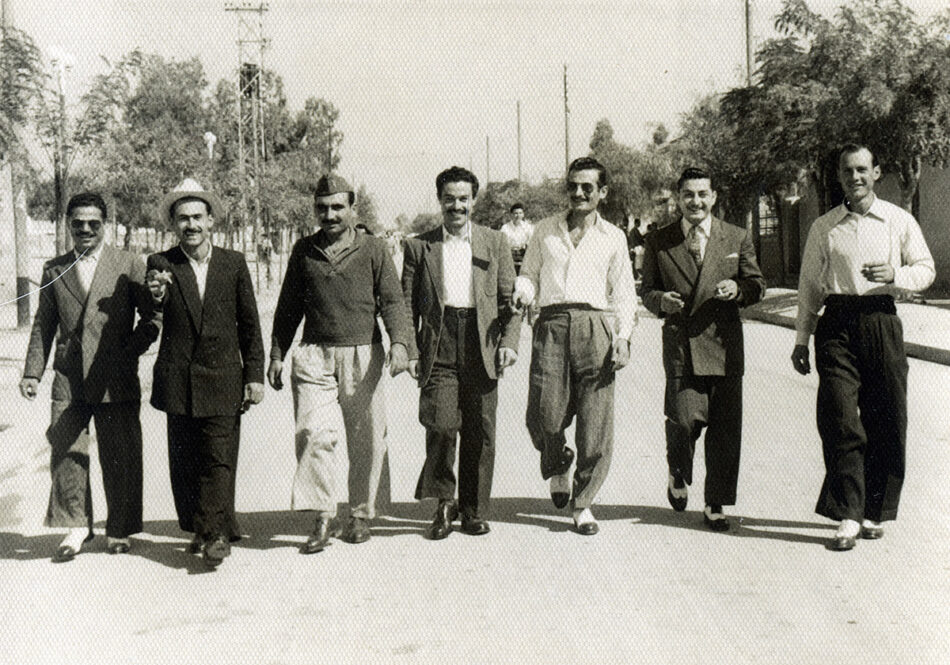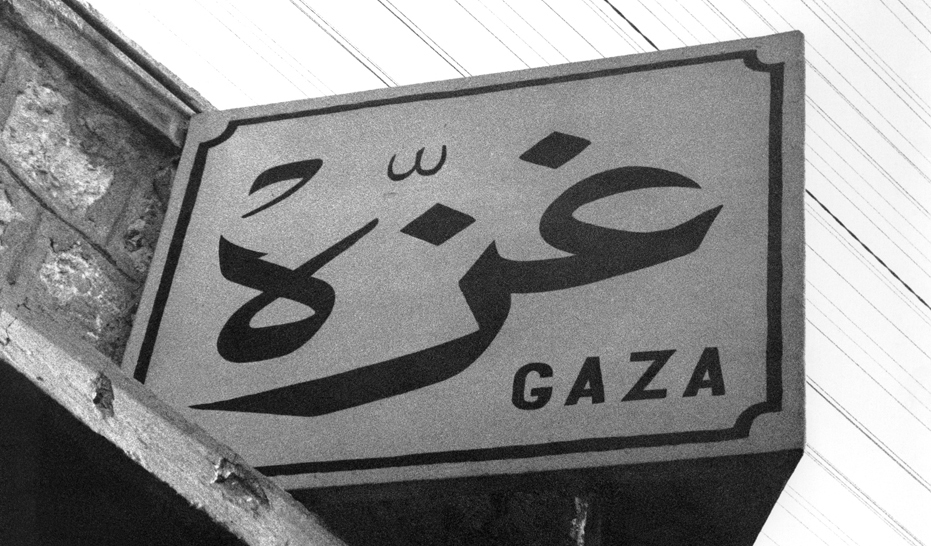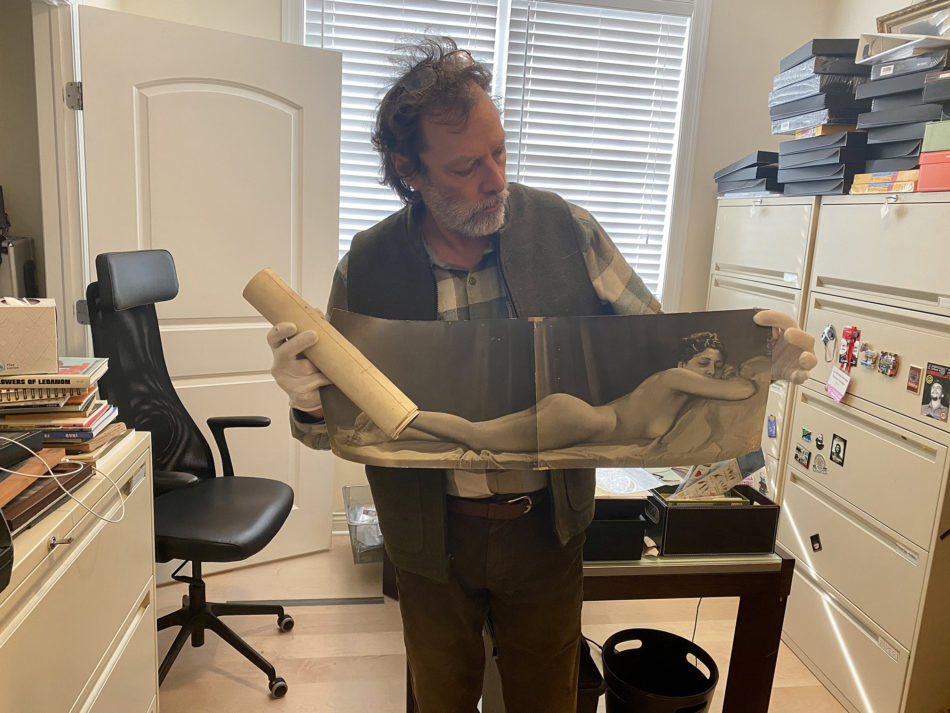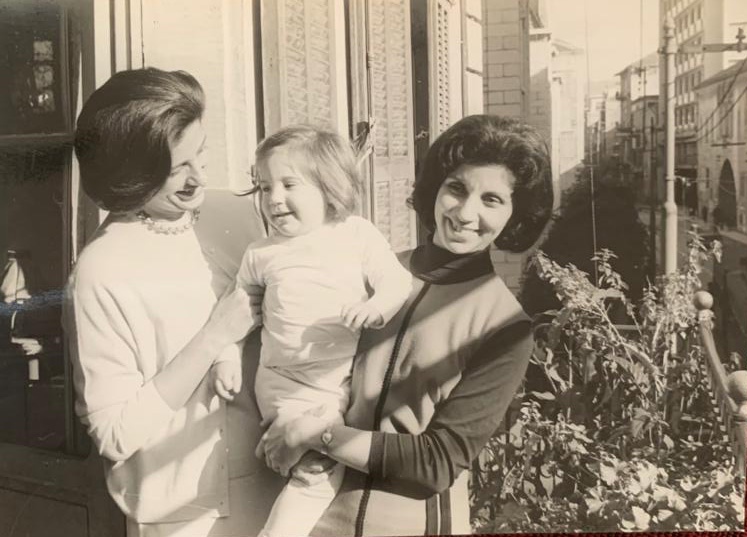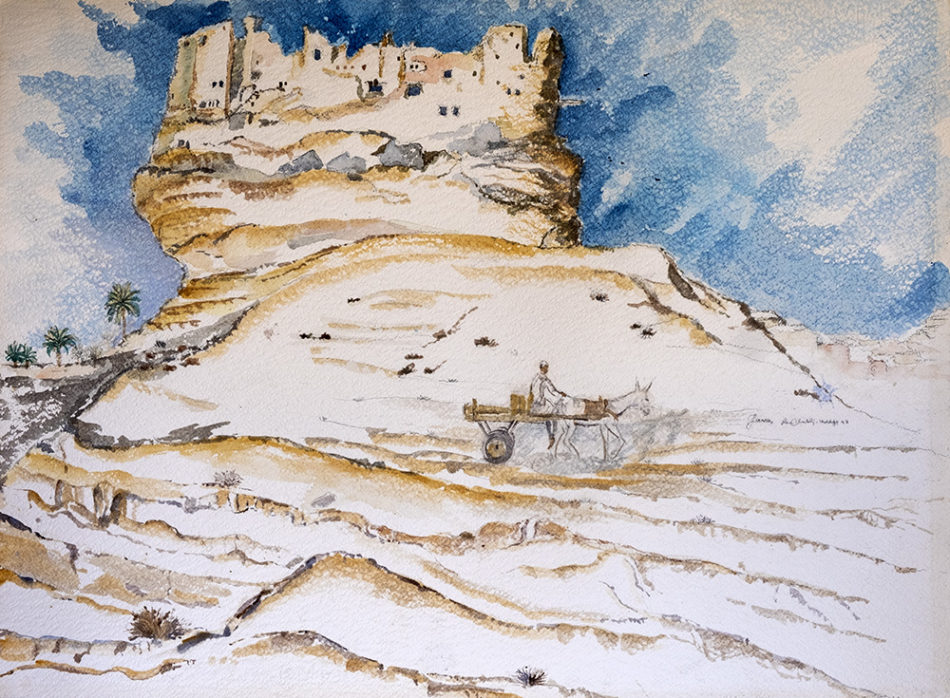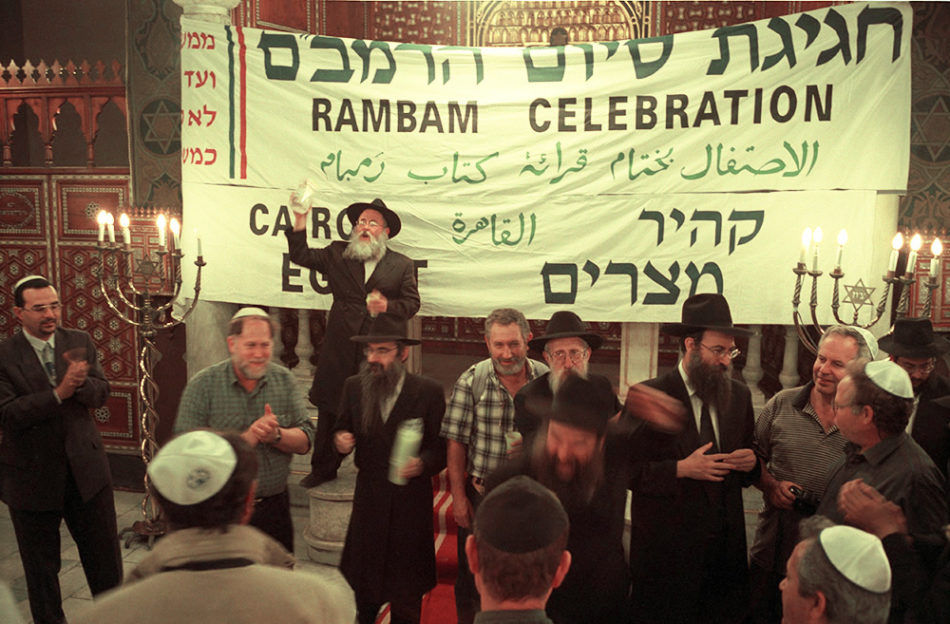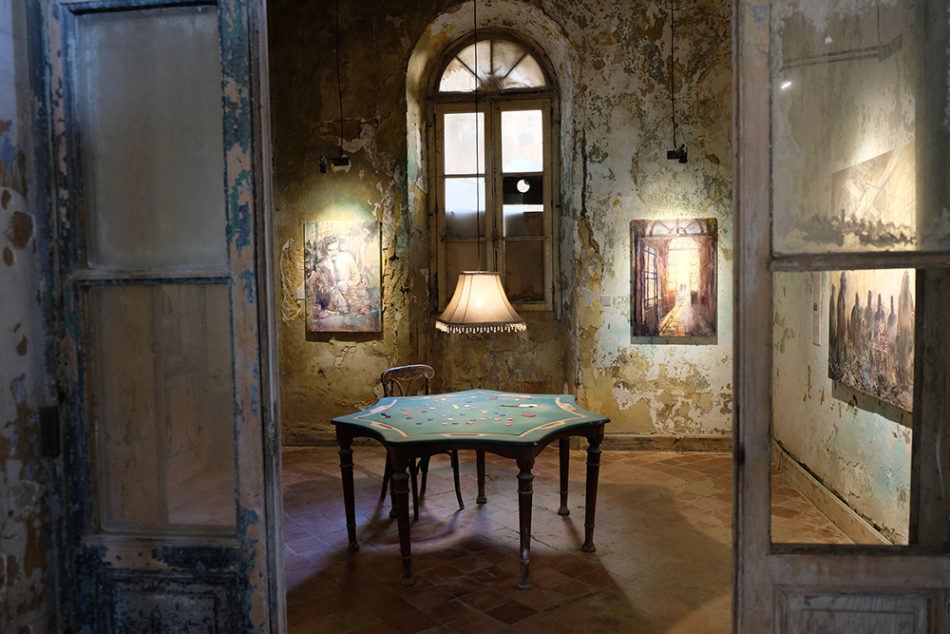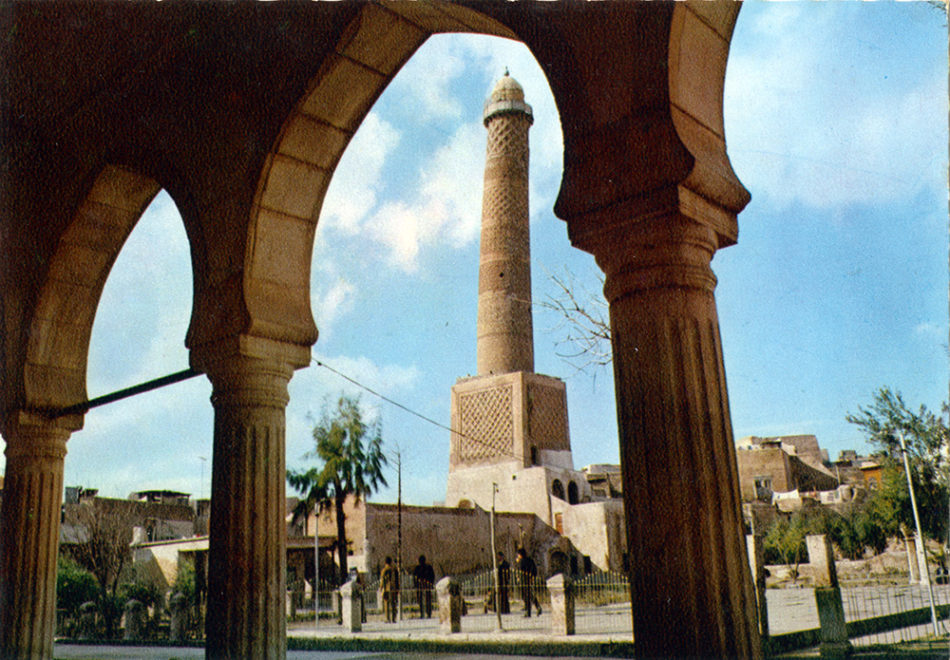The Greek Love of Dancing

Introduction: I can’t recall how many times I have watched the dance scene in the film Zorba the Greek which starts with Alan Bates’ character, Basil, asking Anthony Quinn, “Teach me to dance!” “Dance?” Zorba replies, completely stunned, “Did you say dance? Come on my boy!” The performance that follows epitomizes to me the beauty of Greek culture of which dance is an essential part. I recently acquired a collection of postcard size images of Greeks dancing during various occasion at home and in far-flung places such as Turkey and Egypt. What I noticed from examining the photos is the essential role that dance plays in Greek daily life. When I began researching the subject, I came across an excellent article on the website “Lemon & Olives” explaining the historical relationship between Greeks and folk dancing. The following story originally titled: A Brief History of Greek Dancing, is from Kenton and Jane’s Lemon & Olives, which covers Greek Mediterranean foods and [Read more...]

